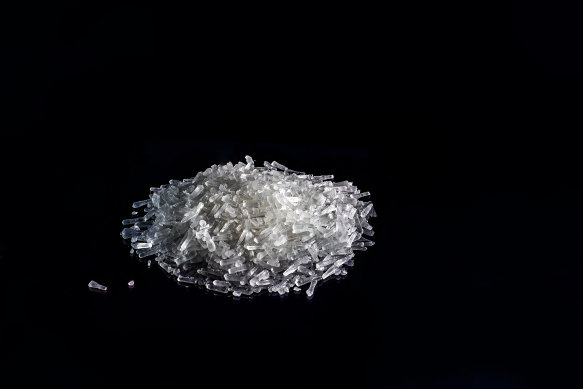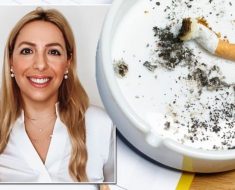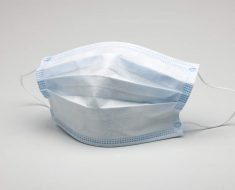Save articles for later
Add articles to your saved list and come back to them any time.
There was a time, not wanting to court controversy, Adam Liaw avoided putting MSG in his recipes.
He wasn’t the only one distancing himself from the amino acid salt, which is found in Parmesan cheese, sun-dried tomatoes (it is part of what makes a reduced tomato sauce so tasty) and breastmilk, where it may be a baby’s first exposure to umami.
MSG: salt on crack or ingredient for healthier cooking?Credit: iStock
The MSG compound was first extracted from seaweed in Japan in 1908. Today, the mass-produced extract is made from fermented cornstarch, sugar cane, molasses or beet, and added to as many as 50 per cent of store products, including chips, soups, sauces and seasonings to amplify savoury flavours. Yet monosodium glutamate (MSG) developed such a bad reputation in recent decades that many food manufacturers prefer to either use its food additive number (E621) or stamp their products with “MSG-free”.
MSG was soon referred to as “salt on crack”. And while salt is actually killing us, some people claim MSG will cause headaches, nausea, heart palpitations, flushing, headaches, asthma and more.
But MSG, on social media at least, is enjoying a renaissance. Prominent foodies including Liaw; Dan Hong, the executive chef of Sydney’s Ms. G (get it?); and American chef and New York Times best-selling author Kenji Lopez-Alt are among those championing its return to healthy cooking.
Before becoming well-known as a cook, author and TV presenter, Liaw completed a double degree in science and law. “These days, I take the view that as a cook with scientific qualifications I have a responsibility to follow the science, rather than perpetuate the myths. I cook with MSG,” says the 45-year-old.
“If people used more MSG I feel it would encourage people to cook more because their home cooked food would be tastier, and therefore help them to avoid more processed foods in favour of home cooking.”
It could also help people reduce their sodium intake because MSG contains about a third of the sodium in table salt but, Liaw says, produces a substantially greater flavour-enhancing effect. One 2019 study suggested using MSG could help some people cut their salt intake by as much 40 per cent.
So why the bad reputation?
It started with a hoax letter from a doctor to the New England Journal of Medicine in 1968 describing palpitations, weakness and numbness after visiting a Chinese restaurant. The writer (who admitted to the joke 50 years later – an admission that was, in a strange twist, challenged and unable to be verified either way because the parties are all now dead) said his symptoms may have been from too much wine, too much salt or from MSG. The press, and ultimately the public, picked up the MSG suggestion and ran with it, perpetuating racial prejudices along the way.
The response to the letter “aligned with an Orientalised, dirty ‘Far East’,” wrote Jennifer LeMesurier, a professor of writing and rhetoric in a 2017 analysis. LeMesurier added that MSG is not an ingredient unique to China or even Asia.
Since then, various studies and meta-analyses have found there’s no good evidence MSG causes asthma or the symptoms of so-called “Chinese Restaurant Syndrome”. The latest literature review, published in December, suggests it may be a potential trigger for headaches in some people. As with any substance, consuming too much can have a deleterious effect.
“Food Standards Australia deem it safe and only a small number of people may experience a mild hypersensitivity-type reaction to large amounts of MSG when eaten in a single meal,” says accredited practising dietitian Kathleen Alleaume.
“We still need to be mindful that excessive consumption of it can lead to high blood pressure.”
Despite assurances from food safety authorities from around the world that it is one of the most extensively studied food ingredients and is deemed safe, Liaw says he still gets “some pushback” from people who will insist it is toxic.
Still, in the last five years, he has seen the sentiment towards MSG shift.
“More and more people are starting to use MSG in cooking, and I think it’s a very good thing,” he says. “I recently did a podcast for Audible where I spoke to a lot of food and sensory scientists around the world about taste, and all of them – literally 100 per cent of the scientists I spoke to – used MSG in their own home cooking.”
Make the most of your health, relationships, fitness and nutrition with our Live Well newsletter. Get it in your inbox every Monday.
Most Viewed in Lifestyle
From our partners
Source: Read Full Article






